In 2022, UNESCO reported that over 98 million children in Sub-Saharan Africa were out of school—the highest number globally. And for many who were enrolled, the odds weren’t much better: no electricity, outdated or irrelevant materials, and undertrained teachers made learning a daily struggle. For those who made it to class, the learning journey was often uphill, especially in rural regions. The challenge wasn’t just limited resources but a sense of isolation: classrooms stood disconnected from modern tools, fresh ideas, and systems of support.
.jpg)
The Barriers That Blocked Learning
For decades, African education systems struggled under a familiar set of constraints:
- Infrastructure gaps: Over 60% of rural schools lack electricity, making digital learning difficult to implement (World Bank, 2023).
- Teacher shortages: In countries like Malawi and Chad, a single teacher may serve 70 or more students, limiting individual attention.
- Outdated, non-localized curriculum: Textbooks, when available, were often outdated or not in local languages, leaving many students struggling to connect with the material.
These challenges disproportionately impacted the most vulnerable: girls, children with disabilities, and those in conflict-affected areas. For them, quality education was the exception, not the norm.
What’s Changing: Learning That Reaches Further
Today, a quiet transformation is underway. Classrooms in remote communities are going online—not everywhere, not all at once, but steadily. Across several African countries, solar-powered tablets, offline-first apps, and localized digital content are reshaping what learning looks like.
In Angola, CSM Tech deployed digital learning devices preloaded with multilingual, curriculum-aligned content in rural schools with little to no internet access. These offline-first solutions are built for resilience, ensuring that learners in remote areas aren’t left out of the digital revolution.
In Ethiopia, our EdTech strategy mapping supported the Ministry of Education in designing localized, scalable digital education frameworks. From curriculum digitization to teacher engagement tools, the goal was to lay the foundation for systemic change.
And in Nigeria, CSM helped digitize national-level assessments—creating an efficient, transparent, and scalable approach to evaluating learning outcomes while integrating it with real-time education dashboards. These systems ensure that even schools with limited bandwidth can still participate in digital learning.
.jpg)
Case in Point: Mapping Schools in Ethiopia
A compelling example of this transformation is unfolding in Ethiopia. With the daunting task of planning for over 40,000 schools supported by the World Bank, the Ethiopian Ministry of Education faced a critical question: how to allocate resources where they’re needed most—and do so efficiently.
To solve this, CSM Technologies implemented a GIS-based School Mapping System. Using a mobile app, officials collected granular data—including geo-coordinates, images, and infrastructure details from across schools in all 10 regions. The web portal then enabled multi-level validation and visualization, from federal to Woreda level, providing actionable insights into gaps in infrastructure, access, and equity.
The outcome? A robust, interactive database of over 37,000 geo-tagged schools, capturing everything from classroom density to the availability of separate toilets and proximity to neighboring schools. For policymakers, it’s now a visual planning tool—one that highlights underserved pockets, guides smarter school construction, and informs long-term education planning. In regions long left behind, decision-making is now informed by reliable data and driven by evidence-based planning.
Why CSM’s Role Matters
In a continent where over 40% of the population is under 15, the scale of educational need is immense—and traditional systems alone can’t carry that load. What’s needed is education that’s inclusive, scalable, and adaptable to changing realities.
CSM Tech sees digital education as essential public infrastructure. Our platforms help ministries move past fragmented data, enabling informed, timely decisions. Crucially, data from these systems feeds into policy dashboards—supporting evidence-based action on curriculum reform, teacher deployment, and funding.
From offline learning platforms to integrated student IDs and real-time analytics, our solutions are designed for long-term impact—built not just to launch, but to last.
.jpg)
What’s Next: Reimagining Classrooms
As part of the African Union’s Digital Transformation Strategy (2020–2030), there is now a continental goal to embed digital learning into every education system. The aim is clear: to equip Africa’s youth with 21st-century skills and prepare them for a global digital economy.
But transformation won’t come from technology alone.
It will come from systems that listen to teachers, support learners, and evolve with communities. Because a smart classroom isn’t defined by its gadgets but by its ability to help every child—regardless of geography—learn, grow, and thrive.
From blackboards to bandwidth, Africa’s digital learning leap is more than a technological shift—it’s a child learning under a tree with a tablet in hand, a teacher guiding from miles away, and a continent leaning into a future where every learner gets a fair shot.





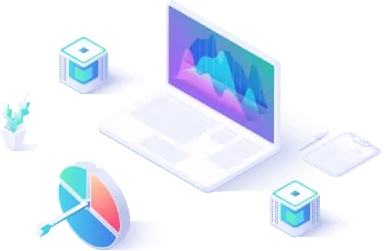


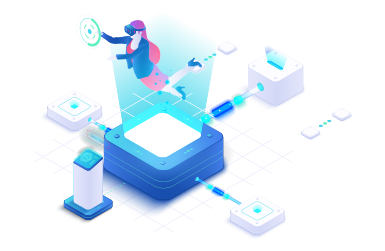

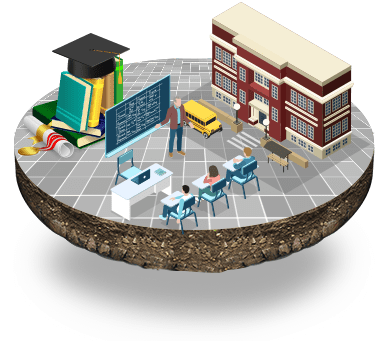
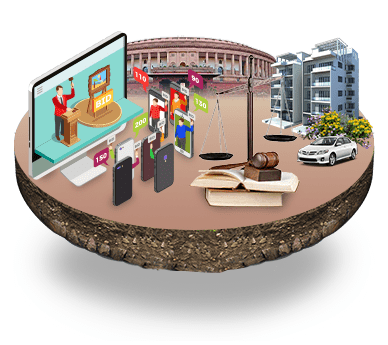







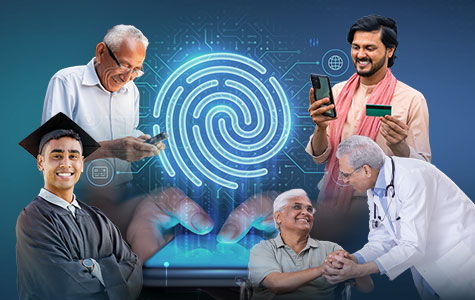
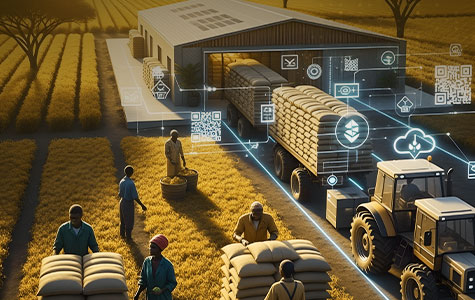

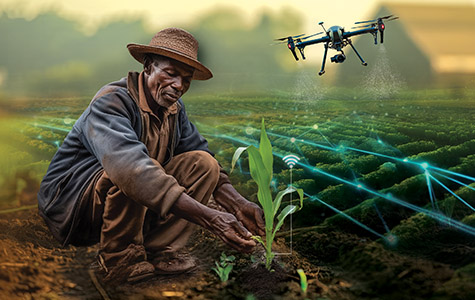









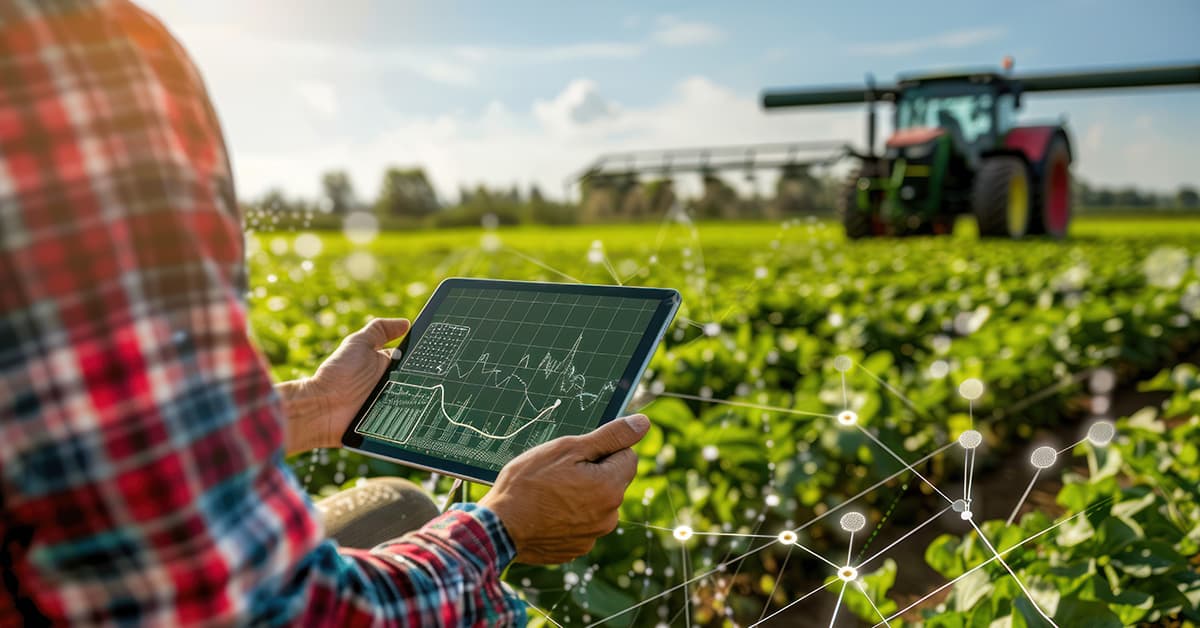



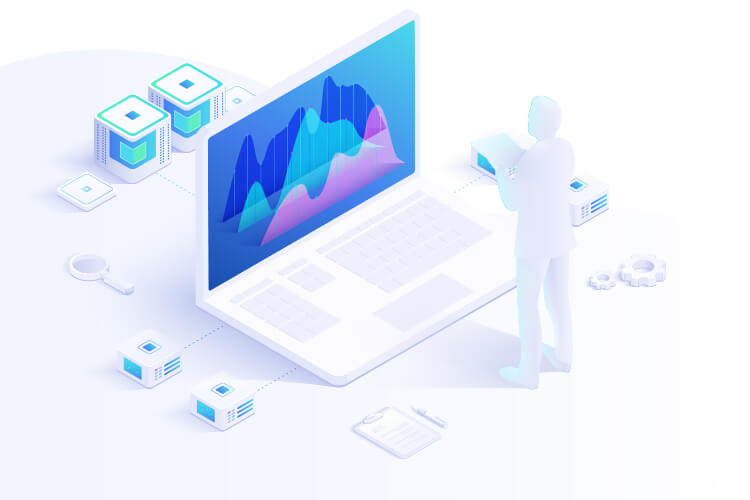

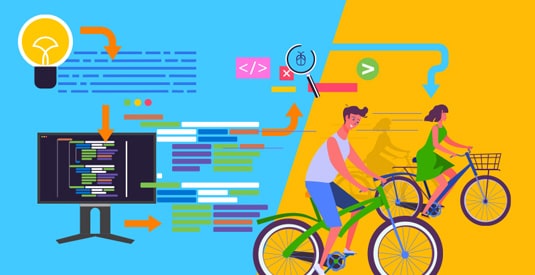
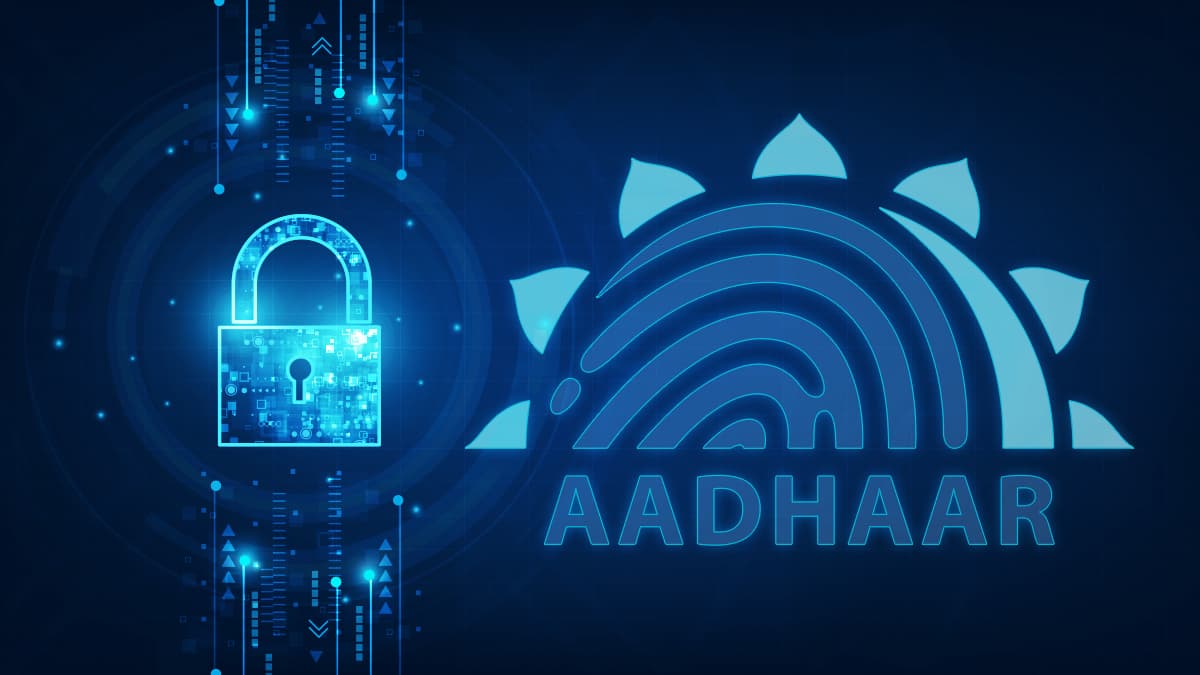
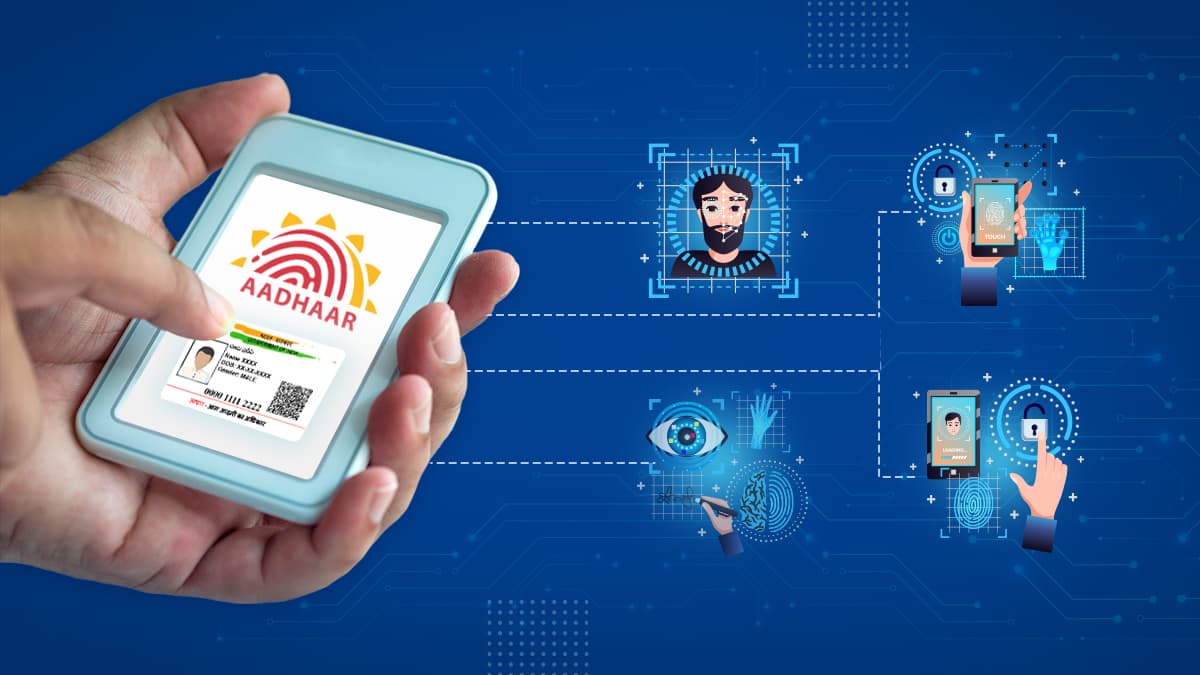


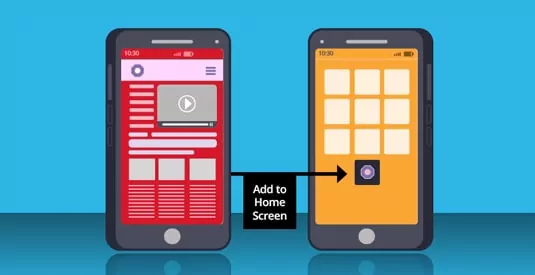

We will verify and publish your comment soon.